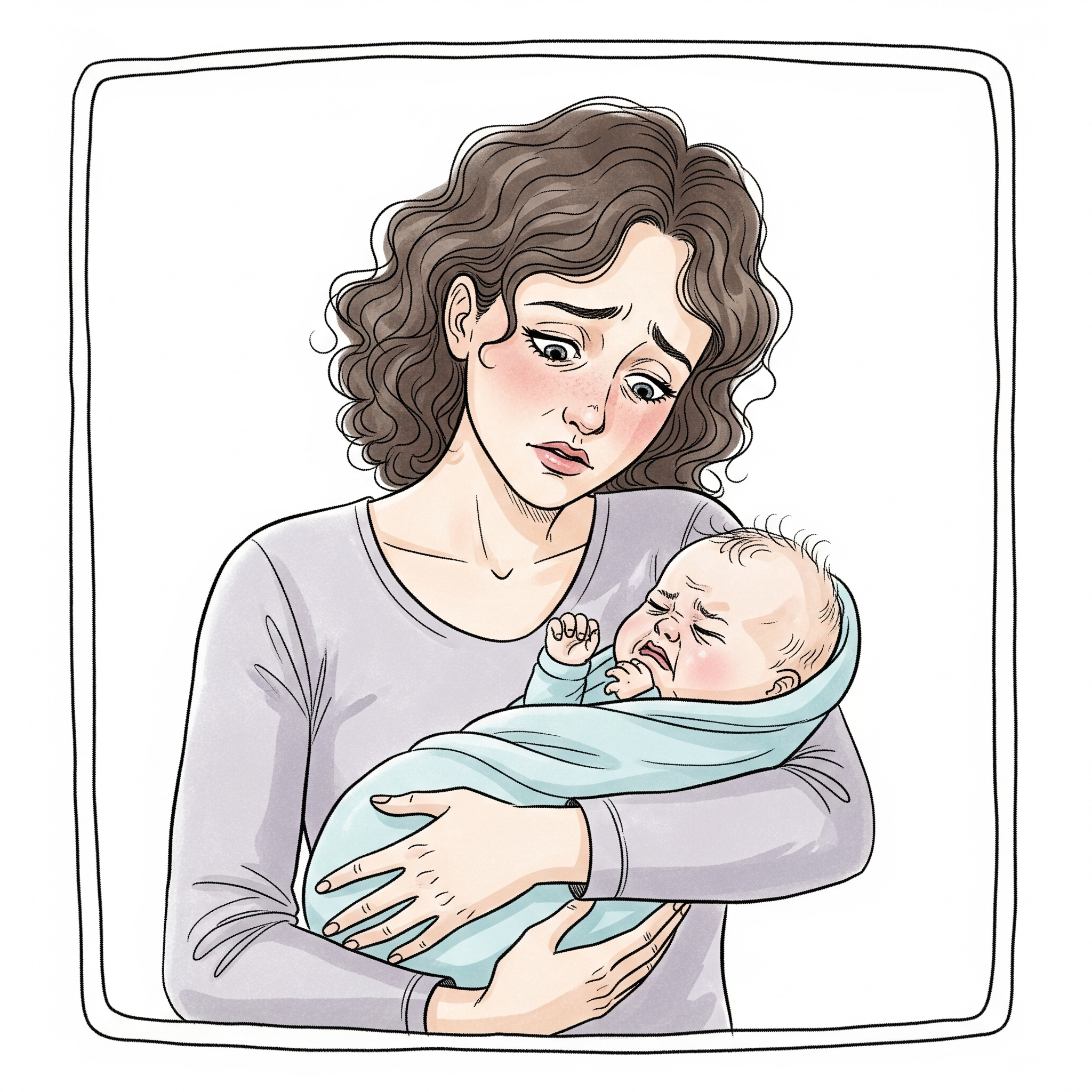Navigating Baby Colic, Digestion, and Sleep Issues: A Parent's Guide
The arrival of a newborn brings immense joy, but for many parents, it also introduces the challenging enigma of baby colic. Defined as frequent, prolonged, and intense crying in an otherwise healthy baby, colic can be incredibly distressing for both infants and caregivers, often disrupting precious sleep.
The Mystery of Colic:
It's important to understand that there is no single, known confirmed cause or cure for colic. While theories abound – from an immature digestive system and gas to food sensitivities or even overstimulation – the exact reason remains elusive. Similarly, there's no magic bullet for colic. As parents, our role is to offer comfort and support, knowing that colic is a temporary phase that typically resolves on its own, usually by the time a baby reaches three to four months of age.
Colic, Digestion, and Sleep:
Colicky babies often exhibit signs of discomfort, like drawing their legs up to their tummy, clenching fists, and appearing gassy. While gas is likely a result of swallowing air during prolonged crying rather than the cause of colic itself, digestive discomfort can certainly exacerbate fussiness and make it difficult for babies to settle down for sleep. This creates a frustrating cycle of crying, poor sleep, and exhausted parents.
Offering Comfort and Soothe:
Since there's no "cure," focusing on soothing techniques is key. Many strategies aim to replicate the comforting environment of the womb or alleviate potential discomfort. These include:
1. Swaddling: Providing a snug, secure feeling.
2. White Noise: Mimicking the constant sounds of the womb.
3. Gentle Pressure: Tummy time (while awake and supervised) or gentle belly rubs.
4. Movement: The rhythmic sensation of being held, walked, or rocked.
How the Nasobuddy Sleep Helper Offers Comfort:
This is where tools like the Nasobuddy Sleep Helper Baby Bed can be a true ally for parents dealing with colicky babies. The Nasobuddy Sleep Helper is designed to provide that essential gentle rocking and calming motion. By recreating the soothing sway babies experienced in the womb, it can help activate their natural calming reflex, making it easier for them to transition into sleep, even amidst digestive discomfort. While it won't "cure" colic, the continuous, gentle motion can offer significant comfort and help alleviate some of the distress associated with colic, ultimately promoting better rest for both baby and parent.
Remember, you're not alone in this journey. Seek support from your pediatrician and loved ones, and know that this challenging phase will pass.

